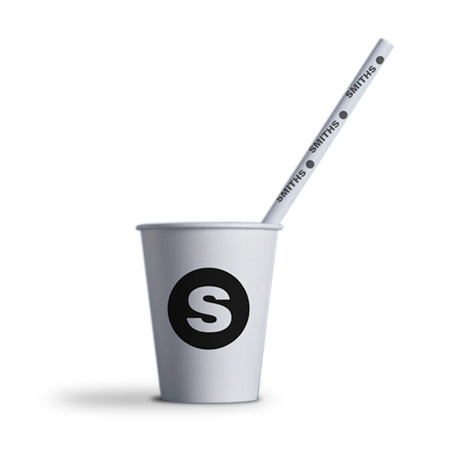Digital Printing for Food Packaging Revolutionizing the Industry
In today’s fast-paced world, the food packaging industry is undergoing a significant transformation, driven by technological advancements and changing consumer preferences. One of the most impactful innovations in this sector is digital printing. This cutting-edge technology is rapidly gaining traction due to its efficiency, versatility, and ability to meet the demands of an increasingly personalized market.
Digital printing refers to the process of transferring digital images directly onto various substrates, including packaging materials. Unlike traditional printing methods, such as flexography or lithography, digital printing doesn’t require elaborate setup or extensive plate-making processes. This streamlined approach allows for shorter production runs and faster turnaround times, making it particularly advantageous for smaller brands and new entrants in the market.
One of the most compelling benefits of digital printing for food packaging is its customization capabilities. Consumers today are seeking unique, personalized experiences, and brands are responding by creating customized packaging designs that resonate with their target audience. With digital printing, companies can easily produce labels or packaging with variable data, allowing them to change graphics, colors, and text for specific products or even individual batches. This level of personalization not only enhances brand appeal but also fosters a deeper connection between the consumer and the product.
Moreover, digital printing is environmentally friendly, as it generates less waste compared to traditional methods. In standard printing processes, excessive materials are often used in the production of plates and inks, leading to significant waste. Digital printing, on the other hand, uses only the necessary inks for each job, effectively minimizing excess. Additionally, modern digital printing solutions increasingly utilize eco-solvent and water-based inks, which further reduce environmental impact. As sustainability becomes a key concern for consumers, brands adopting digital printing can better align themselves with eco-friendly practices and appeal to environmentally conscious customers.
digital printing for food packaging

Another advantage of digital printing in food packaging is the ability to support short-run production efficiently. This flexibility is crucial in today’s market, where demand can fluctuate rapidly, and brands often introduce new products or limited editions. Traditional printing techniques necessitate large production volumes to be cost-effective, which can be a barrier for smaller companies aiming to launch innovative products. Digital printing enables these brands to produce smaller quantities without incurring exorbitant costs, facilitating experimentation and creativity.
Furthermore, digital printing allows for improved quality and detail. The advancements in digital printing technology ensure high-resolution images with vibrant colors and intricate designs. This capability not only enhances the visual appeal of food packaging but also plays a vital role in conveying important information, such as nutritional facts, ingredients, and brand stories.
However, despite these advantages, there are challenges that come with adopting digital printing for food packaging. One major concern is the durability of the prints, particularly when exposed to various environmental factors, such as moisture and temperature changes. It is crucial for manufacturers to invest in high-quality substrates and inks to ensure that the printed packaging maintains its integrity throughout the supply chain.
In conclusion, digital printing is revolutionizing the food packaging industry by offering unparalleled customization, sustainability, and efficiency. As consumer preferences continue to evolve, brands that leverage this technology will find themselves better positioned to meet market demands and enhance customer engagement. With the potential for limitless creativity and personalization, digital printing is set to play a pivotal role in the future of food packaging. As companies increasingly embrace this innovative approach, the landscape of food packaging is poised for exciting changes that prioritize both functionality and aesthetics.



